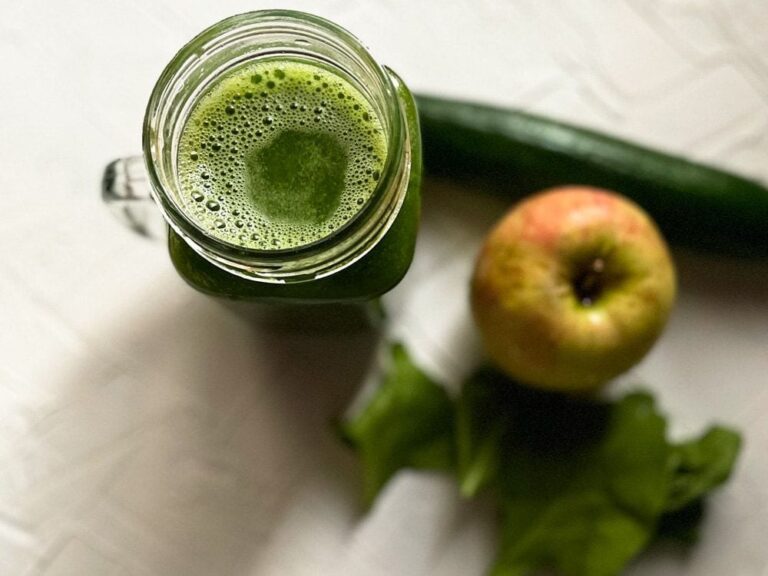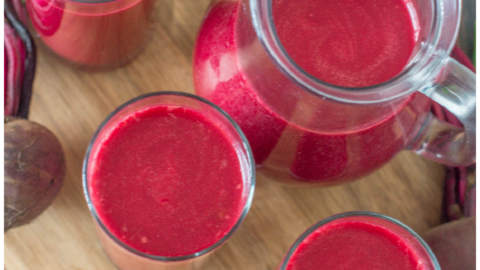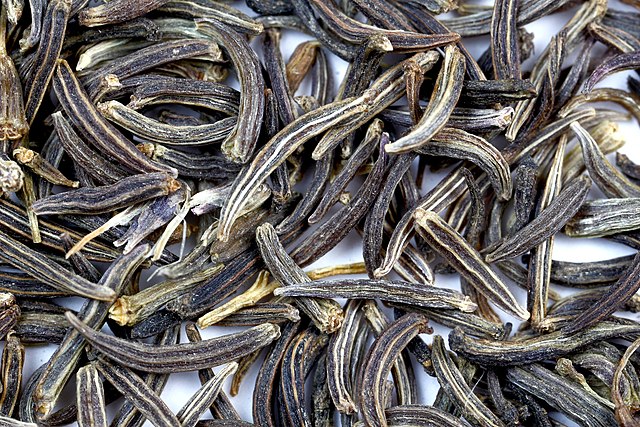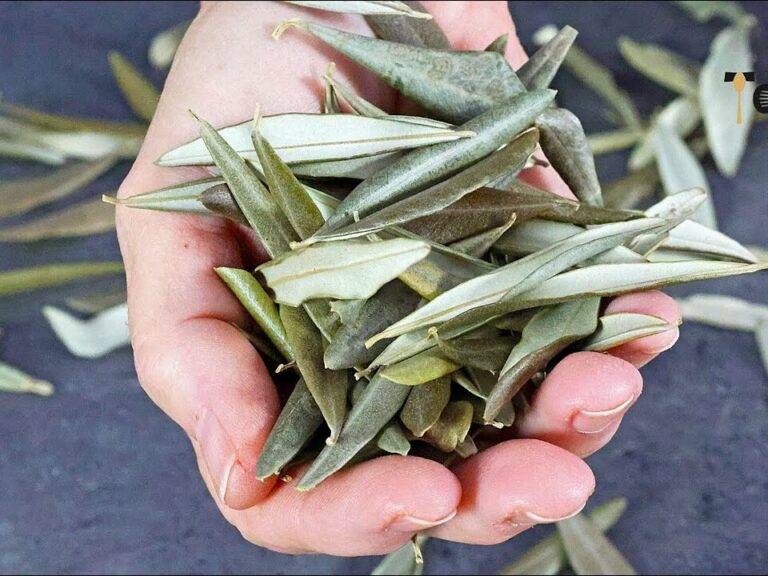There are many plants known for their healing properties, but few are as powerful and versatile as moringa. Often referred to as the “miracle tree” or a “gift from God,” moringa is renowned for its ability to treat up to 70 diseases and promote longevity. Packed with essential nutrients and medicinal properties, this plant has been used in traditional medicine for centuries. Let’s explore why moringa is considered a natural powerhouse and how you can benefit from its wide range of healing effects.
Why Moringa Is So Powerful:
1. Nutrient-Dense Superfood
Moringa is loaded with essential vitamins and minerals, including vitamins A, C, and E, calcium, potassium, and iron. It also contains protein and amino acids, making it a complete food that nourishes the body from the inside out. Its nutrient profile supports overall health, energy levels, and vitality.
2. Boosts Immunity
Moringa is a natural immune booster. Rich in antioxidants like vitamin C and beta-carotene, it helps the body fight off infections, viruses, and harmful bacteria. Regular consumption of moringa can strengthen your immune system, keeping you healthier throughout the year.
3. Reduces Inflammation
Chronic inflammation is linked to a wide range of diseases, including heart disease, diabetes, and arthritis. Moringa contains anti-inflammatory compounds like isothiocyanates and flavonoids, which help reduce inflammation in the body, providing relief from conditions like arthritis, joint pain, and other inflammatory disorders.
4. Regulates Blood Sugar
For those managing diabetes, moringa may help regulate blood sugar levels. Its compounds help improve insulin sensitivity and reduce glucose levels, making it a natural remedy for blood sugar control and diabetes management.
5. Supports Heart Health
Moringa is known for its ability to lower cholesterol and blood pressure, both of which are essential for heart health. Its antioxidants and anti-inflammatory properties also reduce the risk of heart disease by improving circulation and preventing the buildup of plaque in the arteries.
6. Improves Digestive Health
Moringa is a great natural remedy for digestive issues. Its high fiber content promotes healthy digestion, relieves constipation, and reduces bloating. Moringa also helps balance gut bacteria, which is essential for overall digestive health.
7. Enhances Brain Function
Moringa’s rich antioxidant content can help improve cognitive function and protect the brain from oxidative stress. It has been shown to enhance memory and focus, making it a natural brain booster that can potentially reduce the risk of neurodegenerative diseases like Alzheimer’s and dementia.
8. Detoxifies the Body
The detoxifying properties of moringa help cleanse the liver and remove toxins from the body. It supports liver function, which is crucial for detoxification and overall health. Regular consumption of moringa can help flush out harmful substances and keep your body running efficiently.
9. Promotes Longevity
Moringa’s wide range of benefits, including its ability to boost immunity, reduce inflammation, regulate blood sugar, and improve heart health, all contribute to promoting longevity. Its antioxidants protect the body from free radical damage, slowing down the aging process and keeping you healthy for longer.
10. Natural Antibacterial and Antifungal Properties
Moringa has strong antibacterial and antifungal properties, which make it effective in treating skin infections, wounds, and minor cuts. It can also help with oral health by reducing bacteria in the mouth, preventing gum disease and tooth decay.
How to Use Moringa:
1. Moringa Powder
One of the easiest ways to consume moringa is by using moringa powder. Add it to your smoothies, juices, or sprinkle it on salads and soups. A teaspoon or two daily can provide a significant health boost.
2. Moringa Tea
You can brew moringa leaves as a tea for a refreshing and nutrient-packed drink. Simply steep dried moringa leaves in hot water for 5-10 minutes and enjoy!
3. Moringa Capsules
If you prefer a more convenient option, moringa capsules are available as supplements. These are a great way to incorporate moringa into your daily routine without any hassle.
4. Topical Application
Moringa oil or paste can be applied directly to the skin to treat infections, moisturize dry skin, and reduce inflammation.
Why Moringa Is Considered a “Gift from God”:
- Cures Over 70 Diseases: Moringa’s wide-ranging benefits include treating diabetes, high blood pressure, arthritis, digestive issues, skin conditions, and more.
- Supports Overall Health: From heart health to brain function and immunity, moringa offers comprehensive support for the body’s systems.
- Promotes Longevity: By fighting inflammation, protecting the body from free radicals, and improving overall health, moringa helps promote a longer, healthier life.
Conclusion: The Secret to Health and Longevity
Moringa is truly a miracle plant, offering benefits that support almost every aspect of health. With its ability to cure up to 70 diseases, boost immunity, regulate blood sugar, and promote longevity, it’s no wonder it’s considered a “gift from God.” Whether you add it to your diet as a powder, tea, or supplement, incorporating moringa into your routine can help you enjoy a healthier, longer life!












